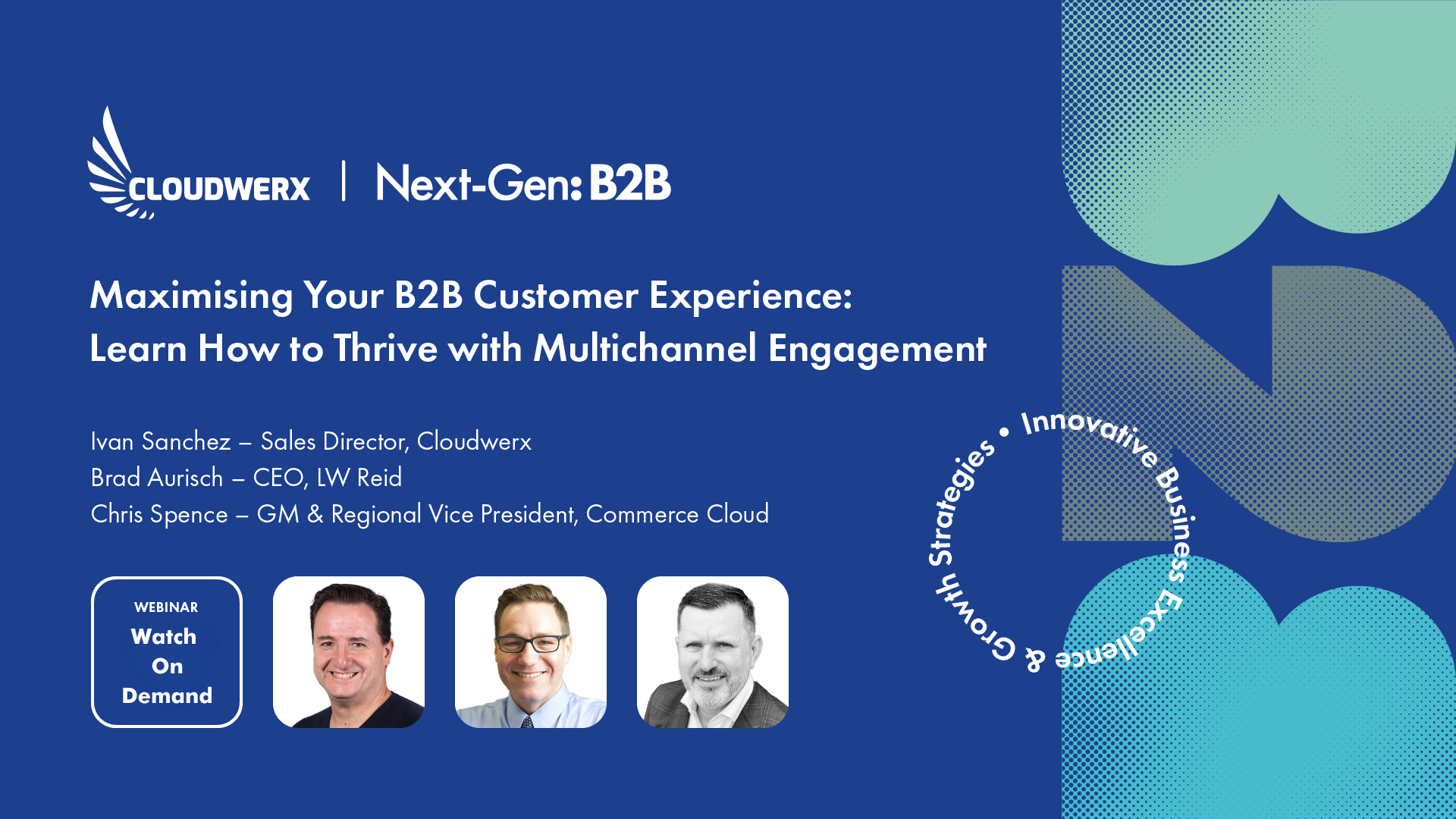
Ask any B2B company in 2023, and they’ll likely report at least a half dozen channels where their customers can engage with them, from social media to email, live chat to text messaging. While this might seem natural to your customers — after all, who doesn’t expect to interact with brands in their channel of choice? — it can provide a real headache for service teams looking to provide clients with an exceptional experience, no matter how they’re interacting.
Not only do you need to keep your communications consistent from channel to channel, but there’s a high likelihood that customers may even switch platforms, continuing the conversation in a completely different medium. In fact, Salesforce reports that as many as 74% of customers say they’ve used multiple channels to start and complete a transaction.
Enter: multichannel engagement strategies. These strategies are purposely designed to engage customers — consistently — on their terms. There are huge benefits for companies who embrace the challenge of multichannel engagement, namely a reduction in costs to your organisation, along with an impressive boost in customer satisfaction. However, it can be hard to know where to begin. We recently hosted a webinar with Brad Aurisch, the CEO of LW Reid, and Chris Spence, the GM and Regional Vice President of Commerce Cloud at Salesforce, to explore just that. Here’s what we learned from our fifty minute discussion.
First, it’s important to realise that your organisation will never really ‘complete’ a multichannel strategy — as customer expectations evolve, so too will your engagement with them. For this reason, it’s a smart idea to start by breaking down your entire customer journey and identifying a few key areas with room for improvement. As Chris identified, starting with ‘step changes’ and mixing quick wins in with longer term projects is a great way of getting both your team and your leadership to buy in and commit to the success of your strategies.
The best way to learn if your engagement strategies are working is to ask your customers. There’s nothing as valuable as constant customer feedback, and the most successful businesses implement plenty of opportunities for customers to provide it. Brad mentioned that over the past nine years, his team have reviewed customer feedback every week, and have gleaned invaluable insights from it. This feedback is gathered across a number of different places, including phone call follow-ups to scannable QR codes on packaging.
Their goal is to remove any friction that their customers may experience in ordering from them, so that they eventually become the natural choice for schools as their uniform supplier. After nine years of reviewing customer feedback, they truly understand the pain points that their customers experience in the uniform ordering process, and can proactively provide plenty of additional value to ensure their customers have a consistent and enjoyable experience.
Sometimes it becomes easy to miss the big picture — the overall customer experience — especially when an organisation has multiple teams working in silos, with separate KPIs. That’s where tools like Salesforce’s Multi-Step Journeys come in handy. These tools support organisations to view the entire customer journey from the outside, identifying missed opportunities and friction points along the way.
When using a Journey tool, or working with a Journey expert, organisations have the opportunity to really understand what their customers are experiencing from your brand. You’ll see whether different parts of your organisation are providing contradictory, confusing or overwhelming messages as your users place an order, or set up an account or performs any valuable action throughout their customer journey.
When you’re getting started implementing a multichannel engagement strategy — no matter how small — it helps to have an expert walking through the process with you. Technology partners, like Cloudwerx, have worked with countless other organisations on similar strategies and can easily identify the ‘low hanging fruit’ that’s ripe for transformation. Once you’ve started, they can help drive adoption from your broader team, and, eventually, momentum as they start to see the impact of the strategies on their day-to-day work.
If you’re planning on overhauling your multichannel engagement, we’d love to hear from you. Talk to the Cloudwerx team today about our multichannel engagement opportunities for organisations, just like yours.
We’re hosting one final webinar in our Next-Gen B2B series. Register today to attend The Power of Data: Using a 360 Customer View to Unlock B2B Sales and Revenue Growth.
Register for our final webinar
If you are interested in working with Cloudwerx, please reach out to hello@cloudwerx.com. We offer free consultations, and would love to hear about your business.





Realise the full potential of your CRM